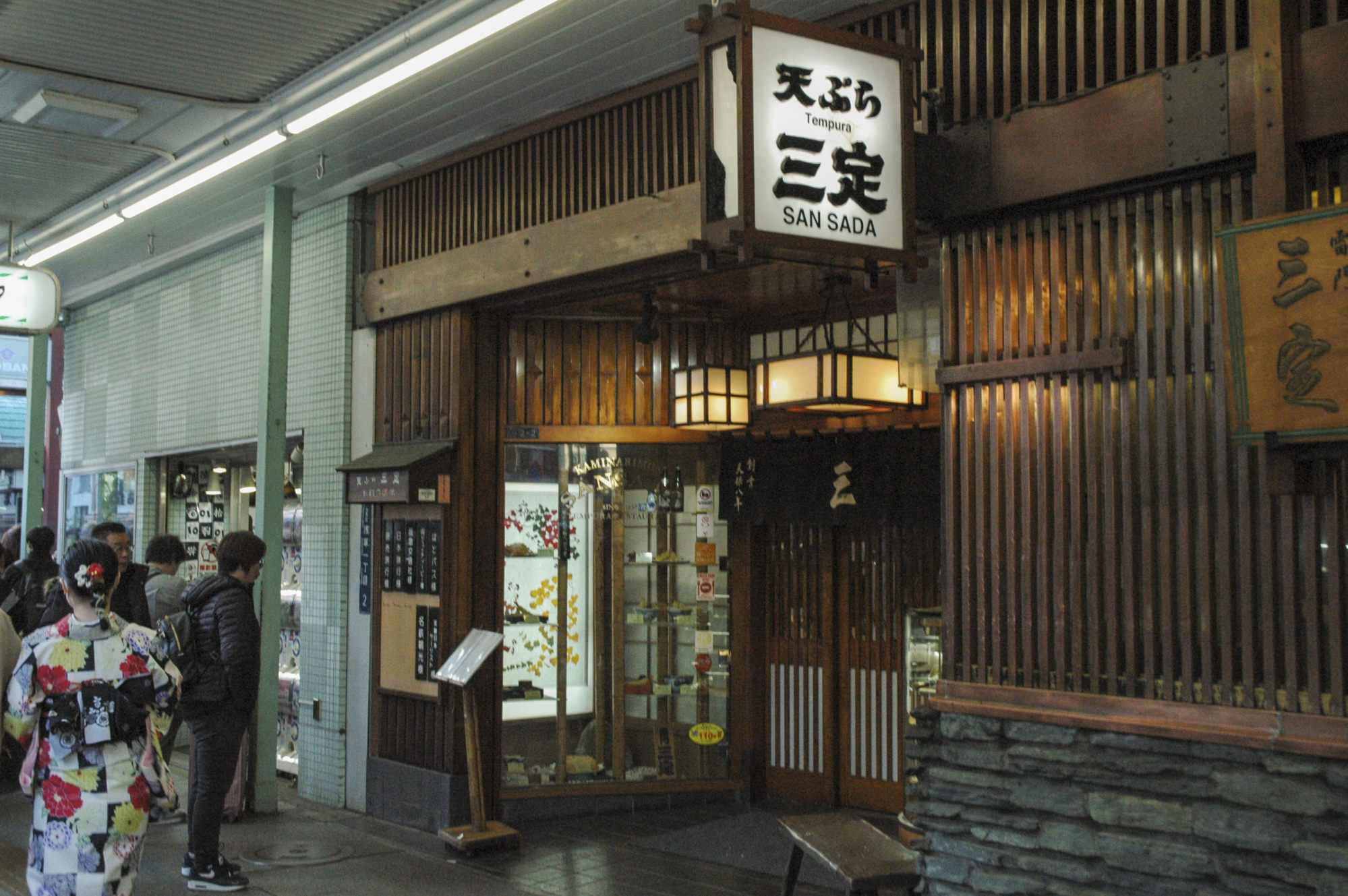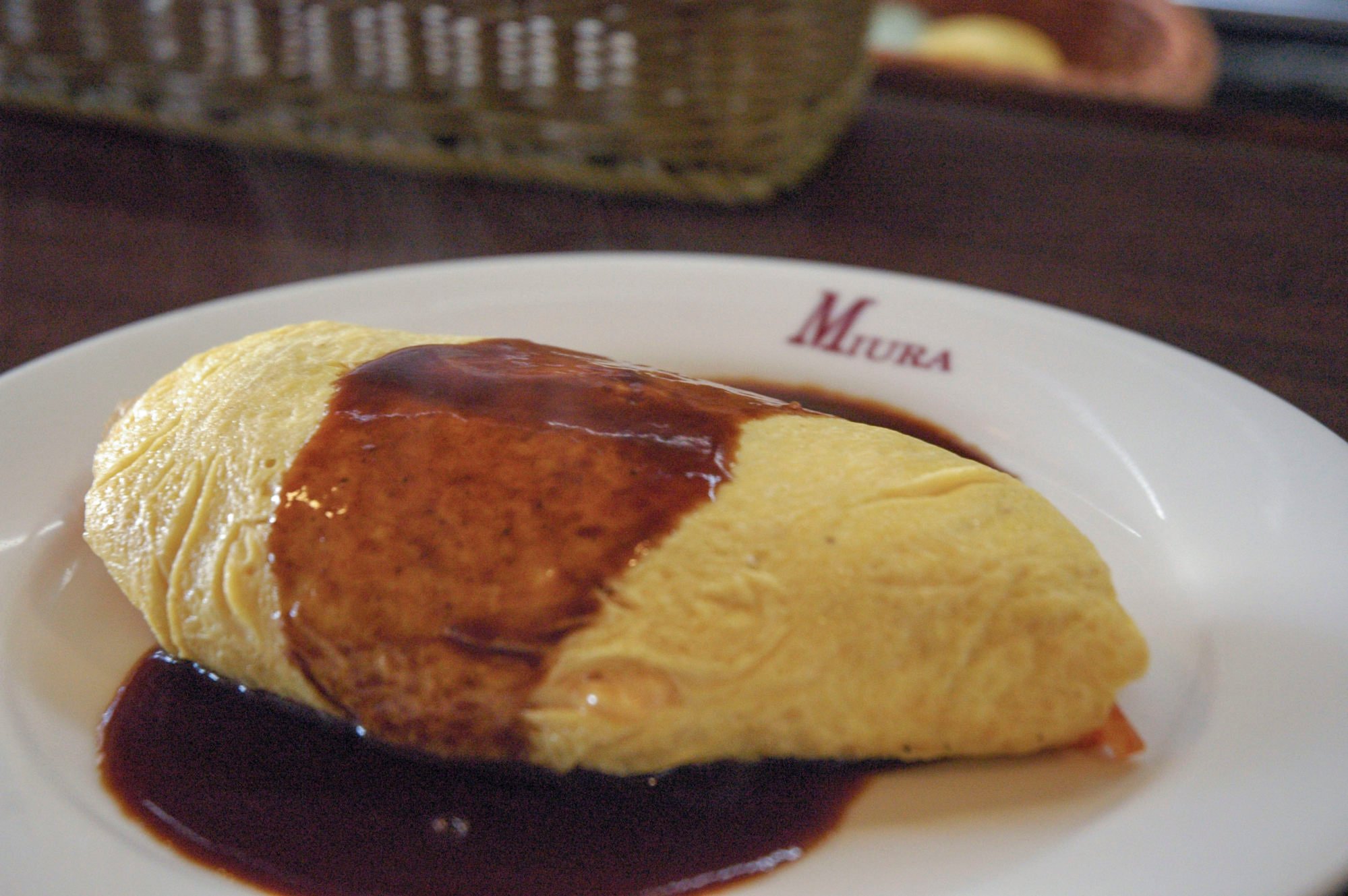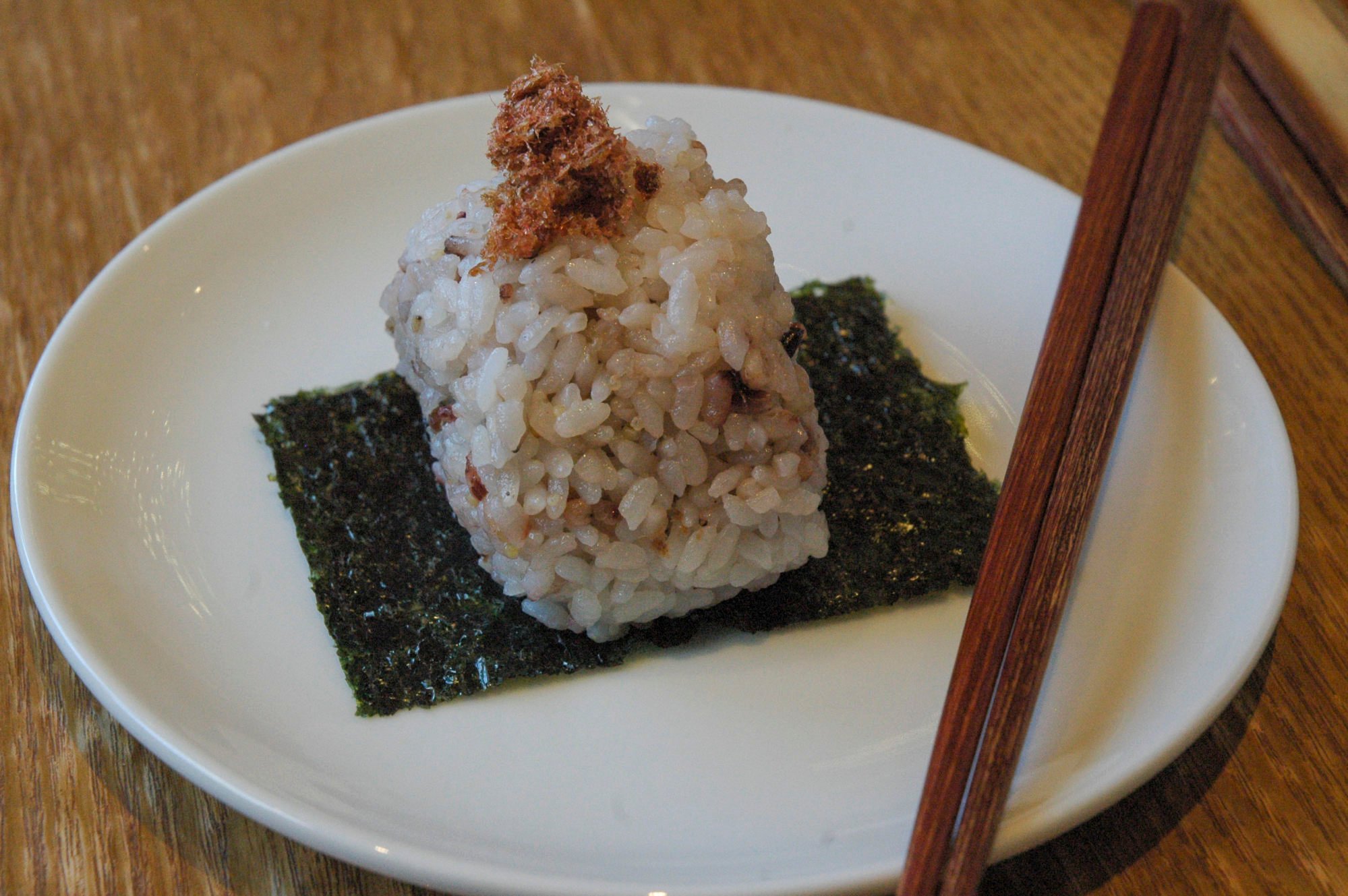
What is washoku, Japanese cuisine on Unesco heritage list? It depends who you ask
- Unesco recognised washoku, literally ‘Japanese cuisine’, as Intangible Cultural Heritage 10 years ago, but its definition is unclear, and opinions differ
- Does high-end Japanese food count? How about dishes with foreign roots, such as ramen and tempura? Either way, food remains one of Japan’s biggest exports
Of the many aspects of Japanese culture, from martial arts to manga, that have found themselves exported and beloved the world over, the country’s cuisine is perhaps the best known.
Japanese food is almost synonymous with high quality, healthy dining, with dishes and ingredients making their way onto menus globally, and not just in Japanese restaurants.
Furikake seasoning, panko breadcrumbs, kombu seaweed, dashi stock, miso, mushrooms marketed with Japanese names – it all presents an allure that is as beguiling as it is big business.
Such is the case in Hong Kong. The city imported 457,000 tonnes of food from Japan in 2022, with a total value of more than US$560 million; of this, imported fish from Japan were valued at US$136 million, helping to supply the 3,979 restaurants (as of July 2023) licensed to sell sashimi.

Restaurants continue to open, even if many existing businesses are bearing the brunt of a ban on the importation of seafood from 10 of Japan’s prefectures, which went into effect in August last year.

The National Museum of Nature and Science, in Tokyo’s Ueno Park, put on a special exhibition this February, simply titled “Washoku”.
While superficially the meaning of washoku – “Japanese cuisine” – makes sense, the concept is rather confusing to scholars of Japanese food and history.
“Washoku is a neologism that emerged in the late 19th century in response to the encroachment of Western culture,” says Katarzyna Cwiertka, chair of modern Japan studies at Leiden University, in the Netherlands, and a specialist in Japanese food.
“Along with words such as nihon shoku and nihon ryori it denoted Japanese food/Japanese cuisine/Japanese-style meal, usually in the context when it was paired [with] or opposed to Western food, or yoshoku/seiyo ryori.”
The term nihon ryori was first recorded in the Choya Shimbun newspaper on May 20, 1881: “At 6 p.m., Governor Takeno invited the gentlemen to his private residence and treated them to nihon ryori.”
Washoku appears after this, following the publication of Taijiro Ishii’s 1898 Nihon Ryori-ho Taizen (Encyclopaedia of Japanese Cooking Techniques).
The two terms appear to mean different things: the former more elegant, closer to multi-course kaiseki; the latter everyday food eaten by Japanese people.
The Unesco inscription, rather than clarify things, obfuscates the actual meaning. The washoku inscription is titled, “Washoku, traditional dietary cultures of the Japanese, notably for the celebration of New Year”.
There is the washoku to appeal to foreign tourists and the washoku idealised in official descriptions
This is much harder to define, with its subsequent description a “word salad”, according to Cwiertka.
“If we follow the logic of the nomination file, washoku should encompass traditional foods that are disappearing from the daily menus, such as New Year’s dishes and many others,” she says.
However, a questionnaire released as part of the “Washoku” exhibition showed something else entirely.
It seems that the word has been conflated with the Japanese diet rather than “traditional dietary cultures”.
“So the logic for many has become, ‘If I eat it a lot it must be Japanese food,’” says Cwiertka. “The opposite is true: most daily foods are either imports or inventions.”
If washoku can be defined simply by asking people what they think it is or is not, its inclusion on Unesco’s Intangible Cultural Heritage list feels all the more dubious.

Foods such as gyoza and hamburg steaks, which feature on the questionnaire, “are not in need of protection at all”, says Cwiertka. “They are alive and kicking.”
Timothy Tsu Yun-hui, a specialist in modern Japanese history at Kwansei Gakuin University, agrees that there is more than one face to washoku.
“I would add that there are several sets of ‘double faces’ to washoku,” he says.
“There is the washoku to appeal to foreign tourists and the washoku idealised in official descriptions. There is the washoku as everyday food (anything goes) and the washoku of fine dining (aesthetics).
It might be better to think of the problem in terms of a question Tsu poses to his students: “With so many post-mid-19th century ingredients as well as traditional but now foreign-produced ingredients in the contemporary diet of the Japanese people, what do we mean when we say ‘washoku’ or Japanese food?”
Hopping onto Japan’s food-delivery app Demae-can reveals a slew of icons denoting integral foods that can be whisked to your doorstep.

But a further explanation by a Unesco representative contains yet more generalities, further compounding the confusing nature of the inscription.
“The inscription of washoku aimed at raising awareness of the significance of the intangible cultural heritage in general, while encouraging dialogue and respect for human creativity and for the environment and promoting healthy eating,” says the representative.
“Washoku is associated with an essential spirit of respect for nature that is closely related to the sustainable use of natural resources.
“This practice is transmitted from generation to generation and plays an important role in strengthening social cohesion among the Japanese people while providing them a sense of identity and belonging.”
The problem calls to mind “The gastronomic meal of the French”, added to the Unesco Intangible Cultural Heritage list in 2010.
It is described as “a customary social practice for celebrating important moments in the lives of individuals and groups, such as births, weddings, birthdays, anniversaries, achievements and reunions”.
However, its general, non-specific nature has set a precedent for further arbitrary additions – as is the case for washoku.
Winning the hearts, minds and stomachs of consumers abroad is naturally vital to this strategy
As far as Cwiertka is concerned, this was Unesco’s jumping-the-shark moment.
“I would not be surprised if in a few decades we end up with hundreds of entries, as long as governments are willing to invest in the application process,” she says.
Japan has been a willing investor in Unesco. Of all countries, in 2023 Japan provided the second most to the organisation (US$55.5 million) – behind only China’s US$105 million and ahead of US$42.2 million from Germany – in terms of overall assessed funding.
It is clear that, for Japan, investing in world heritage as much as domestic is an important cause.
According to the Unesco representative, Japan’s Agency for Cultural Affairs (ACA) and the Ministry of Agriculture, Forestry and Fisheries (MAFF) were behind the washoku nomination.
In 2022, the ACA had a budget of 107.6 billion yen (US$790,000). In March last year, the agency moved to a new headquarters in Kyoto, the first time in modern Japanese history that a government building has been centred anywhere but Tokyo.

Speaking about the move, agency commissioner Shunichi Tokura praised Kyoto, stating it had “a strong brand for disseminating [cultural] information to the world”.
Such wording appears to place culture in the realm of asset rather than heritage. In a 2023 article in the Yomiuri Shimbun, the agency was reported to have been recently emphasising “culture that earns money”, specifically art and media exports.
But food could easily do the job. In January it was found that international tourists in Japan spent more than 5 trillion yen in 2023, with over a third of that (1.2 trillion yen) spent on food and drink.
Hopes are high to boost the country’s export power, with aims to more than double Japan’s 912.1 billion yen export value in 2019 to 2 trillion yen by 2025 and by five times by 2030, to 5 trillion yen.
“Winning the hearts, minds and stomachs of consumers abroad is naturally vital to this strategy,” reports the Japan Times.
And with Japanese food recognised as a slice of Intangible Cultural Heritage as far as Unesco is concerned, one among Japan’s 22 heritage-listed items, it is easy for visitors and food lovers to consume their own piece of Japanese heritage.
Far from being under threat, Japanese food, whether it is washoku or yoshoku, remains a powerhouse, and a lucrative one at that.

